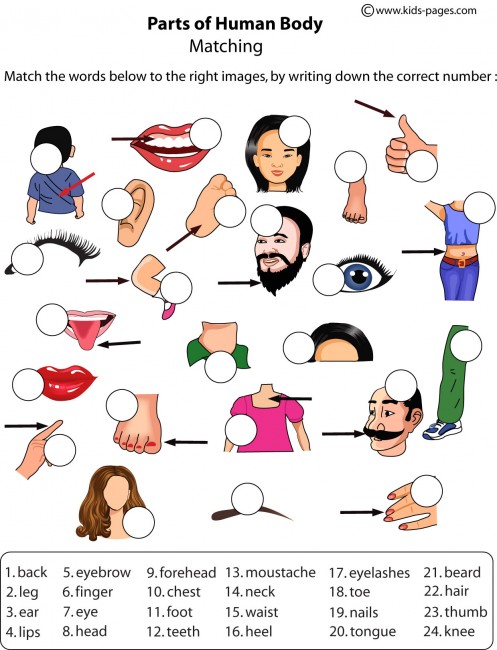

About 98% of our genes are identical to theirs. The switch to a bipedal lifestyle required the sacrifice of certain abilities.

This is why we are the preeminent species on our planet today. When our ancestors went from crawling on all fours to walking upright, evolution took a new direction. This has not only advantages but also disadvantages.įor example, is it the size of our brain or the fact that we have thumbs that sets us apart from other animals? The Story of the Human Body Book Summary Lesson 1: What makes humans unique is their ability to walk upright. This book summary will tell you everything about this book so you can decide if it is worth your time.Īt the end of this book summary, I’ll also tell you the best way to get rich by reading and writing. You may still be wondering if you should read the book. In his book The Story of the Human Body, Lieberman explains the interplay between natural selection and environmental change, how the attitude of one individual can affect the fate of an entire species, and how the advent of agriculture has had both positive and negative effects on human societies. Harvard paleoanthropologist Daniel Lieberman argues that we need to know more about the human body and its origins if we want to change that.

The most developed and wealthy countries also have the highest rates of obesity, diabetes, and osteoporosis. That’s why our modern bodies feel strange in our ancient-looking bodies. As a society, we indulge ourselves too much and move too little. Today, we have too many choices, and it’s embarrassing. The story of how the human body came to be has unfolded over millions of years.īut during the industrial age, social history and biological time stopped moving in lockstep. Millennia, not centuries, are its units of measure.


 0 kommentar(er)
0 kommentar(er)
